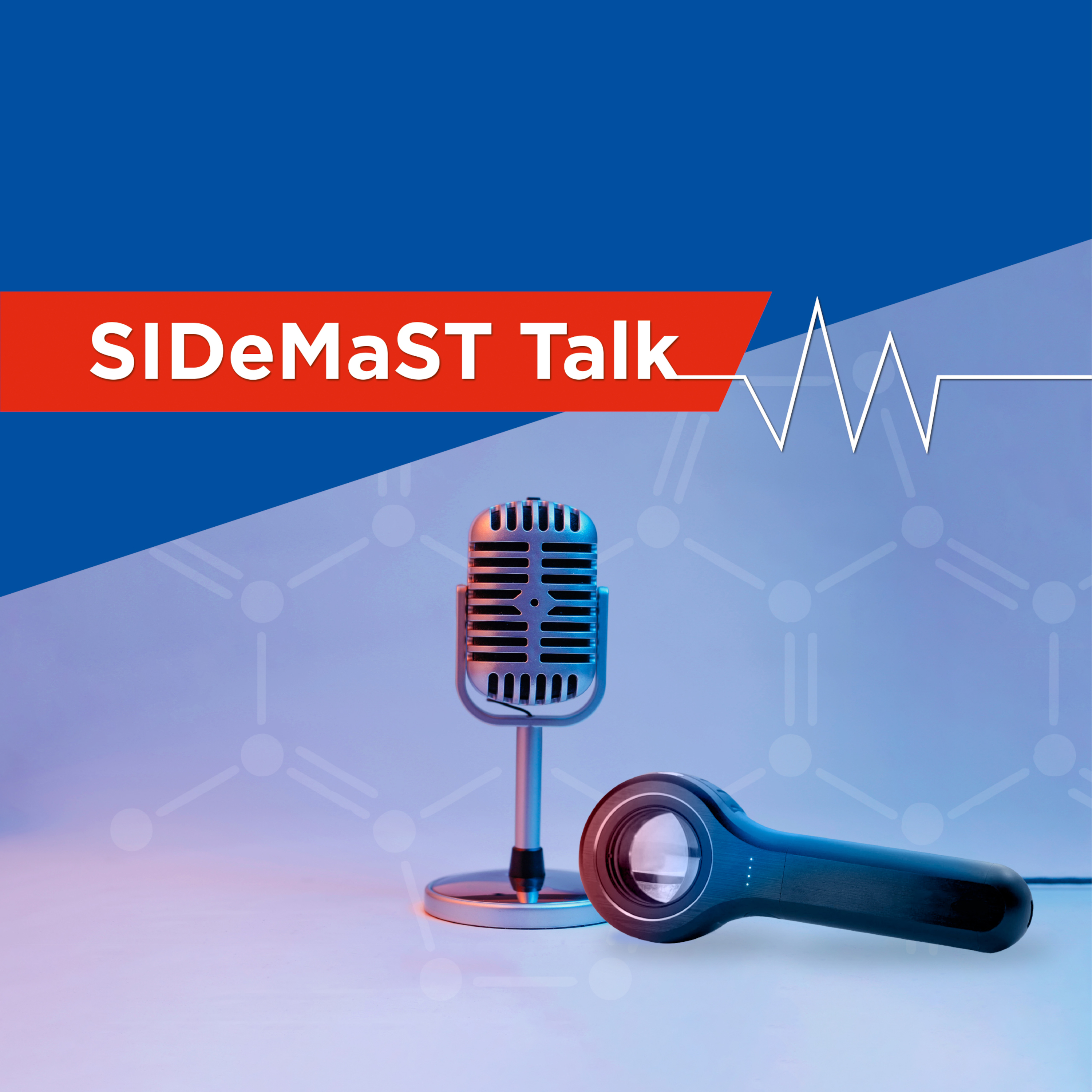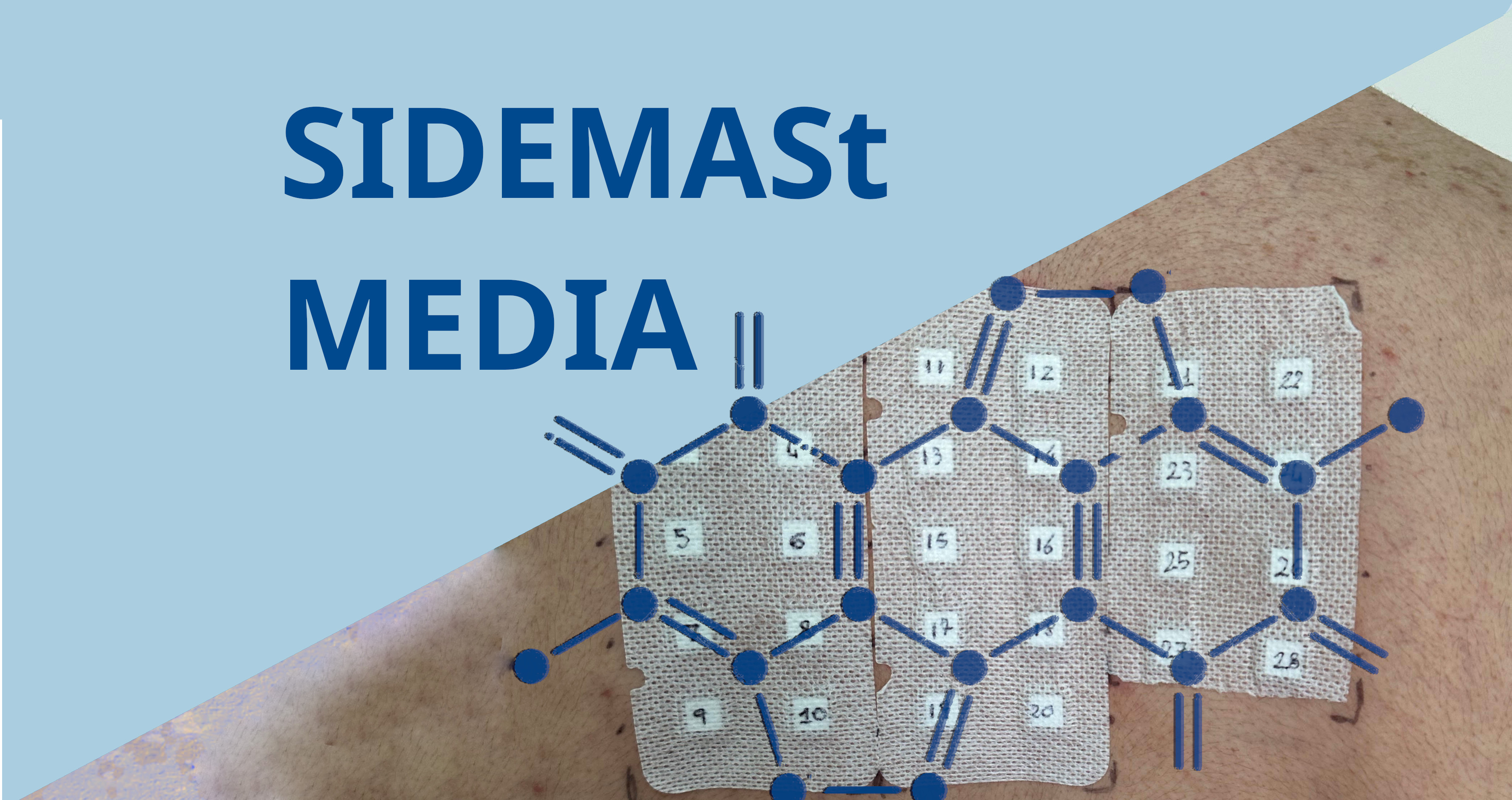Brodalumab achieved high levels of lesion clearance in the majority of patients with moderate-to-severe psoriasis, with results sustained through 120 weeks, according to findings from a long-term extension of the phase 3 AMAGINE trial presented at the 26th European Academy of Dermatology and Venereology (EADV) Congress.
The efficacy of brodalumab at 210 mg every 2 weeks was maintained in the long-term extension. At 52 weeks, 90.6% of patients achieved Psoriasis Area and Severity Index (PASI) 75, 77.6% achieved PASI 90, and 53.3% of patients achieved PASI 100. (PASI 75, PASI 90, and PASI 100 indicate a 75%, 90%, and 100% clearance from baseline, respectively.)
At 120 weeks, 88.4%, 76.8% and 56.2% of patients receiving brodalumab every 2 weeks achieved PASI 75, PASI 90, and PASI 100.
"Brodalumab is a monoclonal antibody targeting the anti-interleukin-17 receptor, which previously showed high levels of skin clearance," stated lead author Mark Lebwohl MD, FAAD, Mount Sinai Health System, Icahn School of Medicine at Mount Sinai, Mount Sinai Medical Center, New York, New York, speaking here on September 16.
The AMAGINE trial initially randomised 1,604 patients with moderate-to-severe psoriasis in a 2:2:1:1 fashion to receive brodalumab at 140 or 210 mg every 2 weeks (Q2W), ustekinumab, or placebo, respectively.
At week 12, patients on brodalumab were rerandomised 2:2:2:1 to brodalumab at 140 mg (n = 158) or 210 mg every 2 weeks (n = 1,392), 140 mg every 4 weeks (n = 40) or 140 mg every 8 weeks (n = 14). Placebo subjects were switched to brodalumab at 210 mg every 2 weeks. At week 52, ustekinumab patients were switched to brodalumab at 210 mg every 2 weeks. Rescue treatment with brodalumab was available as needed.
In this analysis, Dr. Lebwohl and colleagues assessed endpoints at week 120 that included static Physicians Global Assessment (sPGA ) of 0 (clear) and/or 1 (almost clear), the percent of patients achieving PASI 75/90/100, and the exposure-adjusted incidence of adverse events (AEs).
More patients were eligible for rescue after week 52 in the 4- and 8-week treatment groups than in the patients receiving brodalumab every 2 weeks, suggesting the response was lower with less frequent dosing, Dr. Lebwohl noted.
According to sPGA measurement, 79.2% and 76.6% of subjects achieved sPGA of 0/1 while 53.3% and 56.2% of patients achieved sPGA of 0 at weeks 52 and 120, respectively.
Interpretation of efficacy data in the groups receiving 140 mg every 4 and 8 weeks was limited by the small patient numbers at week 120.
The researchers observed similar response rates in patients receiving 140 mg brodalumab every 2 weeks throughout the long-term extension. "The safety profile of brodalumab at 120 weeks was favourable, and consistent with that observed in 52-week studies," Dr. Lebwohl noted.
The overall exposure-adjusted AE rate was similar at 306.9 per 100 patient-years across all brodalumab dose groups. The most common AEs were nasopharyngitis, upper-respiratory-tract infection, arthralgia, and headache.
Overall, 247 serious AEs occurred, and 103 patients discontinued the study drug due to an AE.
Funding for this study was provided by Amgen and AstraZeneca; the analysis was performed by Leo Pharma, Ballerup, Denmark.
[Presentation title: Brodalumab Provides Robust and Sustained Levels of Efficacy in Moderate-to-Severe Psoriasis: 120 Weeks of Treatment in the Amagine 2 Study. Abstract #: P1790]








